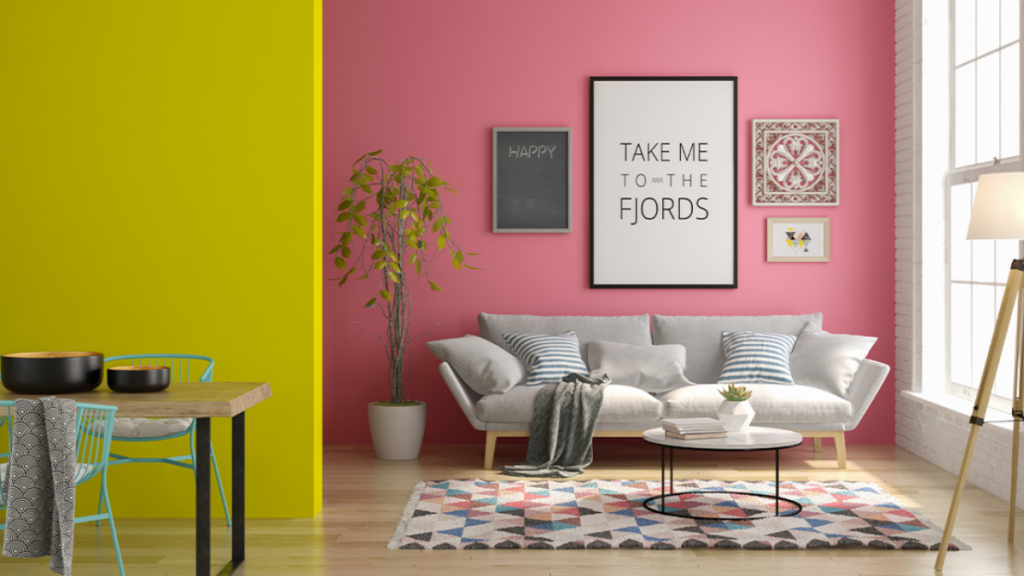Are you ready to give your room a fresh look with a new coat of paint? Painting a room can be both exciting and challenging, especially for beginners. Here are the basics of choosing the best paint for your wall painting project.
Why Paint Matters?
First off, let’s talk about why the type of paint you choose is so important. The right paint not only enhances the aesthetics of your room but also ensures durability and ease of maintenance. Different paints have different finishes, textures, and levels of durability, so picking the right one is crucial for a successful room painting job.
Types of Paints
Water-Based Paints
Water-based paints, also known as latex paints, are a popular choice for painting walls. They are easy to use, dry quickly, and can be cleaned with just soap and water. Additionally, they have low levels of volatile organic compounds (VOCs), making them a more environmentally friendly option.
Oil-Based Paints
Oil-based paints are tough and create a smooth finish. They work well for high-traffic areas like trim and doors. However, they take longer to dry and need mineral spirits for cleanup, which can be a bit inconvenient.
Specialty Paints
There are also specialty paints like chalk paint, which provides a matte, vintage finish, and enamel paint, which is highly durable and often used for cabinets and furniture. Consider these options if you have specific aesthetic or functional requirements.
Choosing the Right Finish
Once you’ve decided on the type of paint, the next step is choosing the finish. The finish impacts both the look of your walls and their ability to withstand daily wear.
Flat or Matte
A flat or matte finish provides a smooth, non-reflective surface that hides imperfections well. It’s great for low-traffic areas like bedrooms and ceilings.
Semi-Gloss and Gloss
Semi-gloss and gloss finishes are very shiny and durable. They’re ideal for areas that need regular cleaning, such as trim, doors, and cabinets.
Color Selection Tips
The color you select can dramatically affect the mood and perception of the space in your room.
Test Samples
Always test paint samples on your wall before making a final decision. Paint a small section and observe how the color looks in different lighting throughout the day. This step can save you from disappointment later on.
Complement Your Decor
Consider your existing furniture and decor. You want your wall paint to complement, not clash with, your room’s elements. Neutral colors like beige, grey, and white are versatile and can easily match most styles.
Conclusion
When you paint a room, it’s important to choose the right paint type, color, and tools. Think about the surface you’re painting and whether you need washable or mildew-resistant paint. Consider the room’s size, lighting, and mood you want to create when selecting the color. To get a professional finish, use high-quality brushes, rollers, and painter’s tape, especially if you’re new to painting. Prepare the walls by cleaning them, filling any holes or cracks, and using a primer if needed. Painting takes time, so don’t rush.




